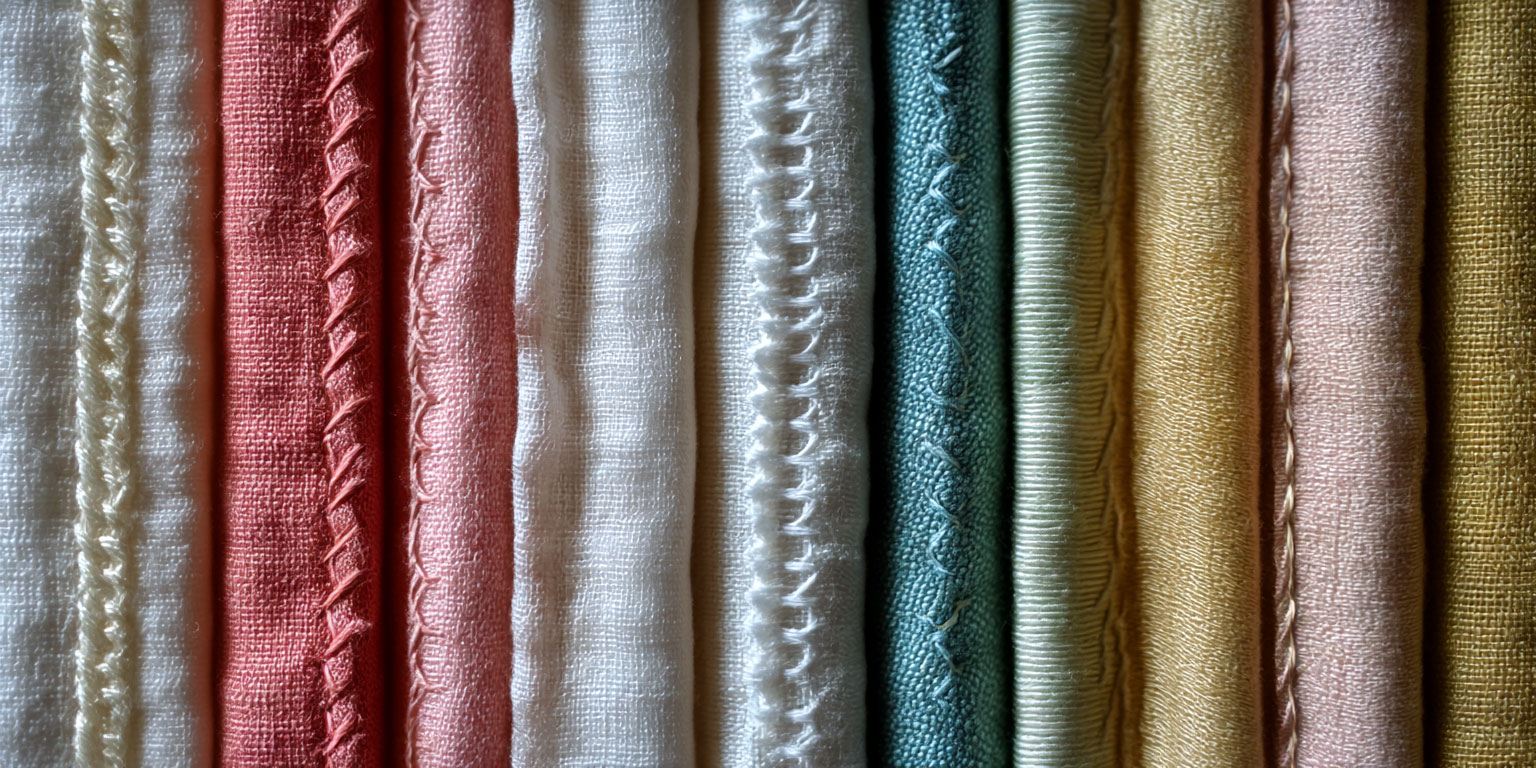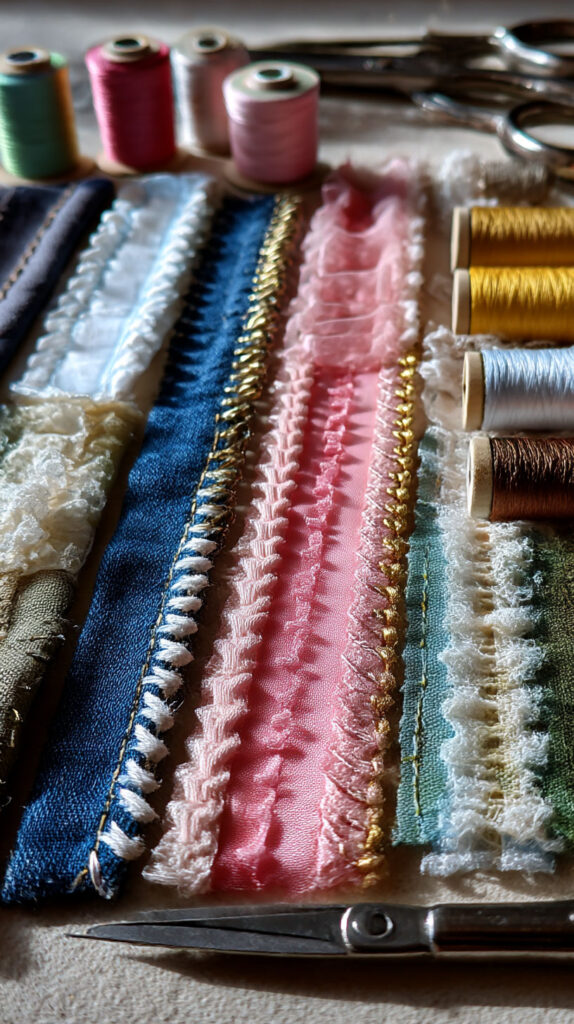
The Seam Ripper Is Your Friend
No sewist wants to talk about it—but every sewist does it………

For generations, home sewists have produced stunning garments without the luxury of industrial machinery. Yet in today’s era of YouTube tutorials and precision sewing tools, many believe a serger is the gold standard for achieving professional finishes. But what if your budget, workspace, or style doesn’t include one? Fear not—finishing seams without a serger is not only possible but can yield clean, long-lasting, and beautifully tailored results. In this article, we explore tried-and-true seam finishing methods that prevent raw edges from fraying, giving your garments polish and durability—no serger required.
The Problem with Raw Edges
Every time you cut into fabric, you expose its vulnerable edges. These raw ends are prone to fraying, which not only makes a garment look messy but can compromise the structure over time. Fraying can be especially troublesome with woven fabrics, where threads quickly unravel after even minimal handling or washing. That’s why seam finishes are essential. They don’t just tidy up the inside of your garment—they reinforce the integrity of the piece. And while a serger may seem like a one-step solution, there are several accessible and effective alternatives that require nothing more than a basic sewing machine—and in some cases, just a needle and thread.
1. Zigzag Stitch Finish
The zigzag stitch is a workhorse for seam finishing. Most sewing machines, even entry- level models, come equipped with this function. Simply sew along the raw edge with a medium-width zigzag. You can do this before or after pressing the seam open, depending on the look and feel you want. For extra durability, sew a straight stitch seam first, then follow with a zigzag along each edge. This method keeps fabric from fraying while adding a bit of stretch and flexibility — ideal for medium-weight cottons and linens.
2. French Seams
Elegant and nearly invisible, French seams enclose the raw edges inside the seam itself. They’re perfect for lightweight and sheer fabrics like chiffon, voile, and silk. To create a French seam, begin by sewing the fabric wrong sides together with a narrow seam allowance (typically ¼ inch). Trim the seam close to the stitching, then fold the fabric right sides together and sew another seam, this time ⅜ inch wide. The result is a completely enclosed, fray-free finish that’s soft against the skin and gives garments a couture touch.


3. Flat-Felled Seams
Often found in jeans and men’s shirts, flat-felled seams are strong, neat, and extremely durable. They’re created by folding one seam allowance over the other, tucking in the raw edge, and topstitching it down. This finish adds a decorative element while reinforcing stress points. While a bit more time-consuming, flat-felled seams are ideal for sturdy fabrics like denim, canvas, and twill. And unlike serged seams, they require no additional equipment — just precision and patience.
4. Pinking Shears
For a quick and easy way to reduce fraying, pinking shears are a lifesaver. These scissors cut fabric in a zigzag pattern that disrupts the weave and minimizes unraveling. Use pinking shears after sewing your seam, trimming the allowances neatly. This method works best on tightly woven fabrics and for projects that won’t face heavy washing or wear. While not as robust as other finishes, pinking is a speedy fix with vintage charm.
5. Hong Kong Finish
For those who love detail, the Hong Kong finish is a stunning way to bind seams. It involves wrapping the raw edge in bias tape and stitching it down — ideal for unlined jackets or garments where interior craftsmanship is on full display.
This method is often used in couture and high-end ready-to-wear. Though it requires extra steps and fabric, the payoff is an interior finish that’s just as impressive as the outside.

6. Overcasting by Hand
In the absence of a zigzag-capable machine, hand-sewing can still prevent fraying. An overcast stitch — sewn diagonally across the edge — mimics a zigzag and keeps threads in check. While slower, this traditional method connects us to centuries of seamstresses who stitched masterpieces long before electricity. For delicate or heirloom projects, hand- finished seams offer both control and care.
Final Press
Finishing seams without a serger may take a bit more time and effort, but the results are worth it. Whether you prefer the crisp elegance of a French seam or the homespun practicality of a zigzag, these techniques let you create garments that look great inside and out. As the old saying goes, “It’s what’s on the inside that counts.” And in sewing, that couldn’t be more true.

No sewist wants to talk about it—but every sewist does it………

You’ve carefully cut the fabric. You’ve followed every step of the pattern instructions. ……